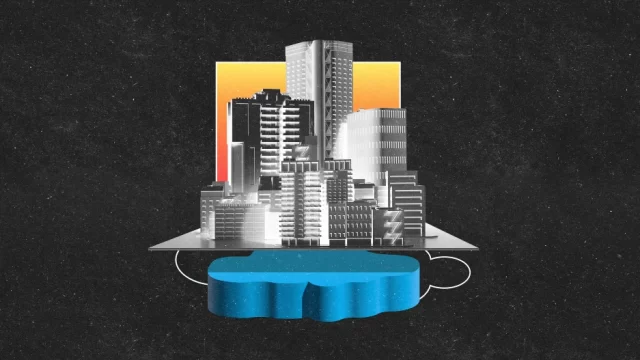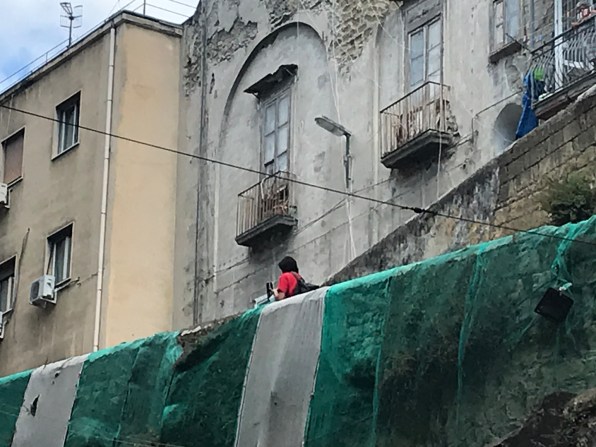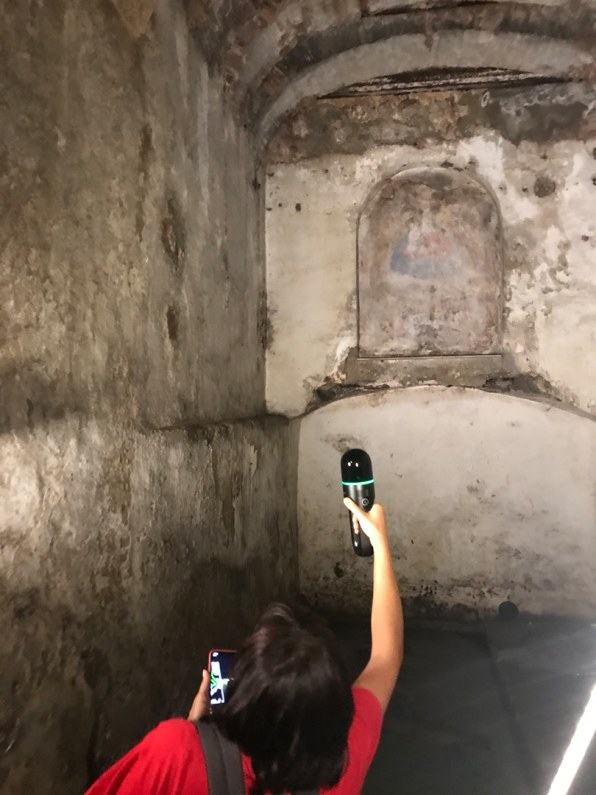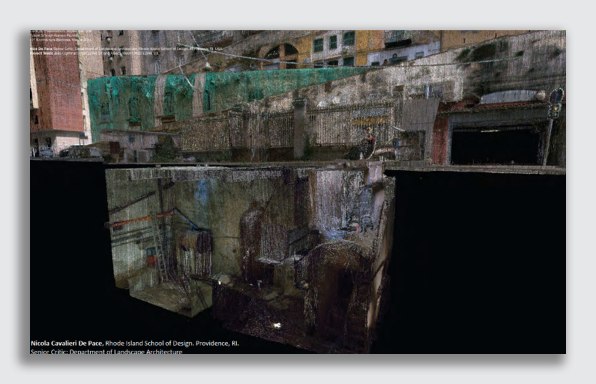- | 6:00 am
How ancient waterways could be tapped to cool scorching cities

Flowing beneath the surface of cities around the world is an overlooked and sometimes forgotten resource. From Naples, Italy, to Seoul, South Korea, ancient aqueducts and buried streams make up a vascular system under the concrete, asphalt, and steel. As climate change turns up the heat, researchers argue that tapping this vascular system could be a way to cool cities from below.
But before we can tap these sources of water, we have to find them. Cool City is a multi-university effort with teams of researchers performing digital scans of urban space to unveil the often complex ways that water moves through cities. It’s an effort to show how underground water can be redirected to combat urban heat.
“There really are very few maps that are trying to organize all these systems together in the layered deep condition that it exists in,” says Nick De Pace, a professor of architecture and landscape architecture at the Rhode Island School of Design, and one of Cool City’s collaborators.
Buried streams and old waterways are not totally lost to time. Many cities have maps showing where a former creek has been shunted into an underground tunnel to make way for aboveground urban development, for example. But De Pace says many of these maps are imprecise, and the new digital scanning and mapping of the Cool City project can bring much more actionable detail to buried streams, aqueducts, and springs. By using this water to irrigate green roofs, parks, and other urban vegetation, cities can counterbalance their heat-trapping hardscapes.

[Photo: Nick De Pace/Department of Landscape Architecture, RISD]
The project was part of the Korean pavilion at last year’s Venice Architecture Biennale, and its partners continue to research waterways in both Naples and Seoul. Along with a team of students and the Naples-based Laboratorio Architettura Nomade, De Pace spent part of this past summer performing laser scans of springs and ancient aqueducts in Naples.

[Photo: Nick De Pace/Department of Landscape Architecture, RISD]
The scans De Pace and his team made of Naples reveal natural springs, aqueducts dating to Roman times, and modern stormwater and wastewater infrastructures that braid through the city. Ancient sources high up in the mountains feed some of these systems as well.
But many historic springs and aqueducts were public-health hazards. So springs that had been used for centuries for drinking water were cut off from public use over very real fears that pandemics (like cholera) could break out. The last cholera pandemic happened less than 50 years ago, in 1973. “In some ways 1973 sealed the coffin on some of these local water sources,” De Pace says.

[Photo: Nick De Pace/Department of Landscape Architecture, RISD]
But while they may not be the safest sources of drinking water, they may offer other services to a city like Naples, which has more than 40 days a year with temperatures above 86 degrees, on top of volcanic geothermal activity below its surface. The maps De Pace’s team have begun creating—which are being echoed by other Cool City collaborators in Seoul—offer pathways for redirecting these unused water sources to combat the heat.
“Instead of tapping into conventional infrastructure that should be used for drinking water, you might be able to take some of those old water streams and bring them into green spaces that desperately need irrigation in the summer months,” he says. “The mapping will help us understand the most efficient way of doing that.”
Putting these ideas into action may take time, and likely wouldn’t be cheap. Rerouting underground water is not an insignificant task, and even the straightforward daylighting of a buried stream could be a major construction project.
De Pace says making the maps and getting local officials to better understand their water resources is a good start. And the potential for this type of work goes beyond Naples and Seoul, as cities around the world struggle with rising temperatures. “The idea of developing green or blue infrastructures,” De Pace says, “is clearly a best practice for how you can cool down a city.”








































